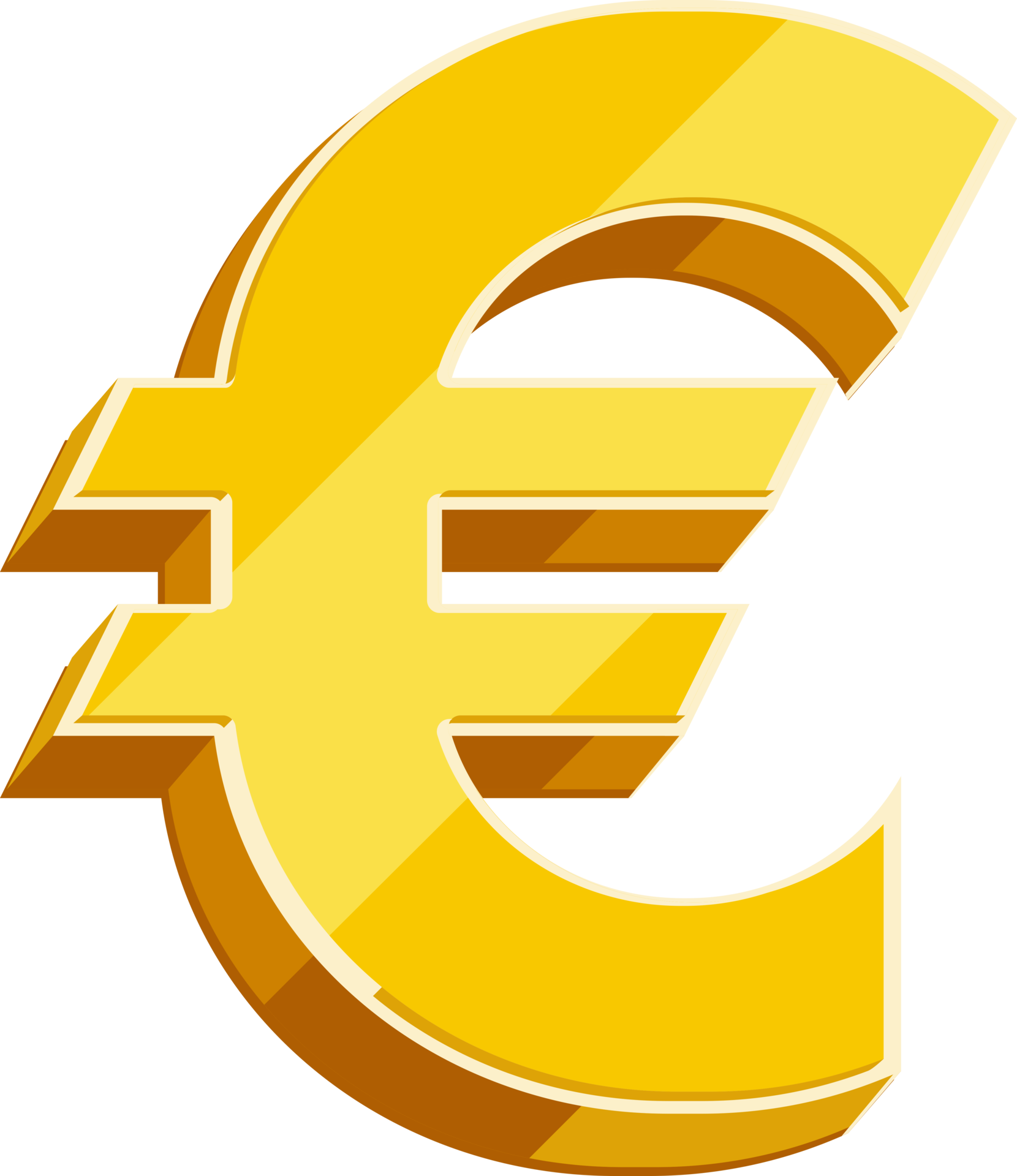Unveiling The Power Of Euros Sign: Everything You Need To Know
Let me drop this bombshell on you right away – the euros sign, yeah that iconic € symbol, is more than just a currency marker. It’s a global symbol of trade, finance, and economic stability. But here’s the kicker: do you really know how it came to be or why it’s such a big deal? If you’re scratching your head, don’t worry. You’re about to dive into the nitty-gritty of the euros sign and uncover its secrets.
Imagine this: you’re traveling through Europe, and everywhere you go, you see the € sign flashing on price tags, ATMs, and even vending machines. It’s everywhere, and for good reason. The euros sign represents one of the most powerful currencies in the world, used by millions of people daily. But there’s so much more to it than meets the eye.
This article is your ultimate guide to understanding everything about the euros sign. From its origins to its impact on global markets, we’ve got you covered. So grab a cup of coffee, sit back, and let’s unravel the mystery behind the € symbol together.
- Hdhub4u Your Ultimate Destination For Highquality Entertainment
- 4 Movierulz 2024 Ndash Your Ultimate Guide To Downloading Movies Legally
What Exactly is the Euros Sign?
The euros sign, or €, is the official symbol of the euro, the currency used by 19 of the 27 European Union member states. But let’s break it down a bit more. The € sign was designed to represent stability, efficiency, and modernity. Its two parallel lines cutting through the letter "E" symbolize the stability of the euro, while the curved lines reflect the dynamism of the global economy.
Here’s a fun fact: the € symbol was inspired by the Greek letter epsilon (ε), which represents the first letter of the word "Europe." It’s a nod to the rich history and cultural heritage of the continent. So, the next time you see the € sign, remember that it’s not just a symbol of money—it’s a tribute to Europe’s past and future.
How Did the Euros Sign Come to Be?
The creation of the euros sign is a story worth telling. Back in 1996, the European Commission launched a competition to design the symbol that would represent the euro. Hundreds of entries poured in, but one stood out—a design by Belgian artist Alain Billiet. His concept was simple yet powerful, and it won the hearts of the judges.
- Unofficial Guide To Movierulz 2025 Download Telugu Movies Safely And Legally
- Telugu Movie Rulz The Ultimate Guide To Exploring Telugu Cinema
What makes the € sign so unique is its universal appeal. It’s easy to recognize, simple to write, and carries a lot of meaning in its design. Plus, it’s adaptable across different languages and cultures, making it the perfect choice for a currency that’s used by millions of people across Europe.
The Launch of the Euro and Its Symbol
On January 1, 1999, the euro was officially introduced as a virtual currency for electronic payments and foreign exchange markets. But it wasn’t until January 1, 2002, that euro banknotes and coins were introduced, and the € sign became a household name. This marked a historic moment for Europe, as countries transitioned from their national currencies to the euro.
Let’s put this into perspective. Imagine switching from dollars to a completely new currency overnight. That’s exactly what happened in countries like Germany, France, and Italy. The € sign became a symbol of unity and progress, and it quickly gained acceptance across the continent.
Why is the Euros Sign Important?
The importance of the euros sign goes beyond its role as a currency symbol. It represents the economic power of the Eurozone, a group of countries that use the euro as their official currency. With a population of over 340 million people, the Eurozone is one of the largest economies in the world, and the € sign is at the heart of it all.
But that’s not all. The € sign also plays a crucial role in global trade and finance. It’s used in international transactions, foreign exchange markets, and even in online shopping. Its widespread use has made it one of the most recognizable symbols in the world, rivaling the dollar sign ($) and the yen sign (¥).
The Economic Impact of the Euro
The introduction of the euro and its symbol has had a profound impact on the European economy. It has reduced transaction costs, eliminated currency exchange risks, and facilitated cross-border trade. In fact, studies show that the euro has boosted trade within the Eurozone by up to 10-15%.
Moreover, the € sign has helped stabilize prices and reduce inflation across member states. This has benefited both businesses and consumers, making it easier to plan for the future. So, the next time you see the € sign, remember that it’s not just a currency symbol—it’s a tool for economic growth and stability.
Where is the Euros Sign Used?
The € sign is used in a variety of contexts, from price tags to financial reports. It’s a common sight in Europe, where it’s used in everyday transactions. But its reach extends far beyond the continent. The € sign is used in international trade, foreign exchange markets, and even in online shopping platforms.
Here’s a quick breakdown of where you’ll find the € sign:
- Price tags in Europe
- Bank statements and financial reports
- ATM displays and vending machines
- Online shopping platforms
- Foreign exchange markets
Its versatility and adaptability have made it a favorite among businesses and consumers alike. Whether you’re buying a coffee in Paris or trading stocks in New York, the € sign is likely to make an appearance.
How to Type the Euros Sign
Typing the € sign is easier than you think. On most keyboards, you can press the Alt key and type 0128 to get the symbol. Alternatively, you can use the Insert Symbol feature in Microsoft Word or copy and paste it from a website. Simple, right?
But here’s a pro tip: if you’re using a Mac, you can press Option + Shift + 2 to get the € sign. This shortcut will save you a ton of time, especially if you’re typing a lot of financial documents or reports.
Common Misconceptions About the Euros Sign
There are a few misconceptions about the euros sign that need to be cleared up. For starters, some people think that the € sign is only used in Europe. Wrong! The € sign is used globally, especially in international trade and finance. Another misconception is that the € sign is difficult to type. Again, not true. With the right shortcuts and tools, typing the € sign is a breeze.
Here’s a list of common misconceptions about the € sign:
- The € sign is only used in Europe
- It’s difficult to type
- It’s a recent invention
- It’s only used for large transactions
Now that we’ve debunked these myths, you can confidently use the € sign without any doubts or confusion.
Why Do People Misunderstand the Euros Sign?
Misunderstandings about the € sign often stem from a lack of awareness or exposure. For example, people outside Europe may not encounter the € sign as frequently as those within the continent. This can lead to misconceptions about its usage and importance. Additionally, the complexity of the global financial system can make it difficult for people to grasp the full scope of the € sign’s impact.
That’s why education and awareness are key. By understanding the history, design, and significance of the € sign, we can appreciate its role in shaping the global economy.
Tips for Using the Euros Sign Correctly
Using the € sign correctly is essential, especially in financial documents and reports. Here are a few tips to help you get it right:
- Always place the € sign before the number (e.g., €50)
- Use two decimal places for amounts (e.g., €50.00)
- Avoid using commas as decimal separators
- Be consistent in your formatting
These tips may seem simple, but they can make a big difference in how your financial documents are perceived. Remember, attention to detail is key when it comes to using the € sign.
Common Mistakes to Avoid
Mistakes happen, but they can be costly, especially when dealing with finances. Here are some common mistakes to avoid when using the € sign:
- Placing the € sign after the number (e.g., 50€)
- Using commas instead of periods as decimal separators
- Forgetting to include two decimal places
- Mixing up the € sign with other currency symbols
By avoiding these mistakes, you can ensure that your financial documents are accurate and professional.
The Future of the Euros Sign
As the world becomes more interconnected, the role of the € sign is likely to grow. With the rise of digital currencies and blockchain technology, the € sign may evolve to meet the needs of the modern economy. But one thing is for sure—the € sign will continue to be a symbol of economic power and stability.
So, what does the future hold for the € sign? Only time will tell, but one thing is certain: it’s here to stay. Whether you’re a business owner, a consumer, or an investor, the € sign will remain an essential part of your financial landscape.
How Technology is Shaping the Future of the Euros Sign
Technology is playing a key role in shaping the future of the € sign. From digital wallets to online banking platforms, the € sign is becoming more accessible and convenient than ever before. This trend is likely to continue as more people embrace digital payment solutions.
Moreover, the rise of blockchain technology and cryptocurrencies could lead to new innovations in how the € sign is used. Imagine a world where the € sign represents not just a currency, but a digital asset that can be traded and invested in. It’s a bold vision, but one that’s becoming increasingly possible.
Conclusion
In conclusion, the euros sign is more than just a currency symbol. It’s a powerful tool that represents stability, efficiency, and modernity. From its origins to its impact on the global economy, the € sign has played a crucial role in shaping the financial landscape of Europe and beyond.
So, the next time you see the € sign, take a moment to appreciate its significance. Whether you’re buying a coffee in Paris or trading stocks in New York, the € sign is likely to make an appearance. And who knows? Maybe one day it will evolve into something even more amazing.
Before you go, don’t forget to leave a comment or share this article with your friends. Knowledge is power, and the more people know about the € sign, the better equipped they’ll be to navigate the global economy. Thanks for reading, and see you in the next article!
Table of Contents
- What Exactly is the Euros Sign?
- How Did the Euros Sign Come to Be?
- Why is the Euros Sign Important?
- Where is the Euros Sign Used?
- Common Misconceptions About the Euros Sign
- Tips for Using the Euros Sign Correctly
- The Future of the Euros Sign
- Conclusion



Detail Author:
- Name : Stephanie Hilpert
- Username : gerry60
- Email : davis.norval@moore.com
- Birthdate : 1996-03-23
- Address : 82562 Miller Fields South Marianton, OR 96405
- Phone : (769) 592-0199
- Company : Bogan, Legros and O'Keefe
- Job : Industrial Equipment Maintenance
- Bio : Reprehenderit ipsum harum ratione alias officia aut cum. Deserunt aut eligendi eligendi dolor quidem odit repellendus. Molestiae eaque aliquam amet nesciunt.
Socials
twitter:
- url : https://twitter.com/pagacg
- username : pagacg
- bio : Non aut omnis tempore sit. Adipisci molestiae et veritatis ducimus. Perspiciatis voluptatem in consequatur repudiandae esse provident.
- followers : 6941
- following : 2305
instagram:
- url : https://instagram.com/gaston_id
- username : gaston_id
- bio : Inventore sint voluptatem voluptatem saepe. Culpa optio architecto quia dolores.
- followers : 2368
- following : 423
tiktok:
- url : https://tiktok.com/@gaston_dev
- username : gaston_dev
- bio : Saepe consectetur possimus necessitatibus iusto.
- followers : 6061
- following : 1387